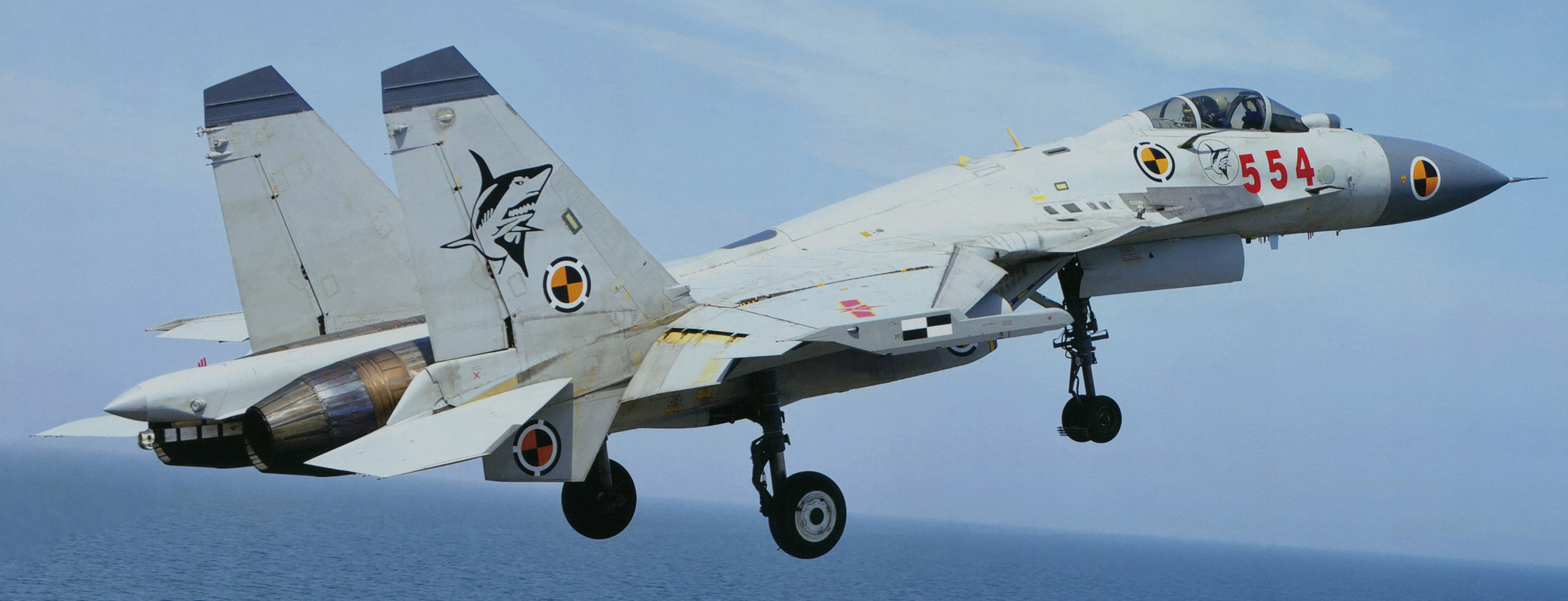Anyone think Kyle Mizokami reads this forum?
China Has Started Building the J-20 Stealth Fighter
This 5th-generation fighter is the country's first stealth jet.
China's Chengdu
J-20 fighter has officially entered the early stages of production. The bird you see here is the first production model of the large, stealthy fighter, photographed on the tarmac just days ago. The fighter, marked 2101 on the fuselage, is painted a dull yellow—likely a primer coat.
The low rate initial production (LRIP) fighters will likely go to People's Liberation Army Air Force (PLAAF) test pilots for flight testing. The prototype's appearance means that most of the plane is likely frozen, design-wise, with no major changes anticipated. This new change of status puts the roughly at the same development level as the F-35 Joint Strike Fighter.
China developed the J-20 at a positively breakneck pace by the standard of bring a new warplane to bear. The aircraft first flew in January 2011, and by November 2015 the eighth prototype had been flown. By comparison, It took the U.S.—which actually had built a fifth generation fighter before—nearly two decades to develop the F-35.
The plane has enjoyed visible improvements along the way.
Prototype 3 featured redesigned air intakes, a less rounded, more angular nose, and an electro-optical targeting system. Prototypes 5 and 6 featured sharper "strakes"—small winglets trailing the wings that mask the engine exhausts from radar.
This new change of status puts the roughly at the same development level as the F-35 Joint Strike Fighter.
One open question about the new fighters is whether they use Russian or Chinese engines. Prototypes of the J-20 used the Russian AL-31 "Saturn" engine, the same one that powers the Chinese Navy's J-15
"Flying Shark" carrier-based fighters. But China has poured resources into building its own modern high-performance engines, and ultimately the J-20 is expected to be powered by the locally produced
WS-15. But while the J-20 has come along quickly, the engine is still not ready for primetime. Development of the WS-15 has dragged on for nearly 20 years, stymied by a lack of Chinese metallurgical experience.
As impressive as it may be that the J-20 is going into production, there are reasons to remain skeptical of this new stealth jet. China is very careful about the information that is released, so outside observers really know only what China wants us to know. There are a lot of unanswered questions. What radar will it use? Why have two aircraft never been sighted in the air together? Is this an air superiority fighter, a penetration bomber, or both?
We may find out that China has made design choices that would be unacceptable in an American fighter—or we may find out that the People's Republic has made something fully the equal of the best the America military-industrial complex can offer. The truth is probably somewhere in-between.
Is this really important that it says anything. I've brought it up in here simply because I'd like to see two J-20s up in the air in a single shot.

